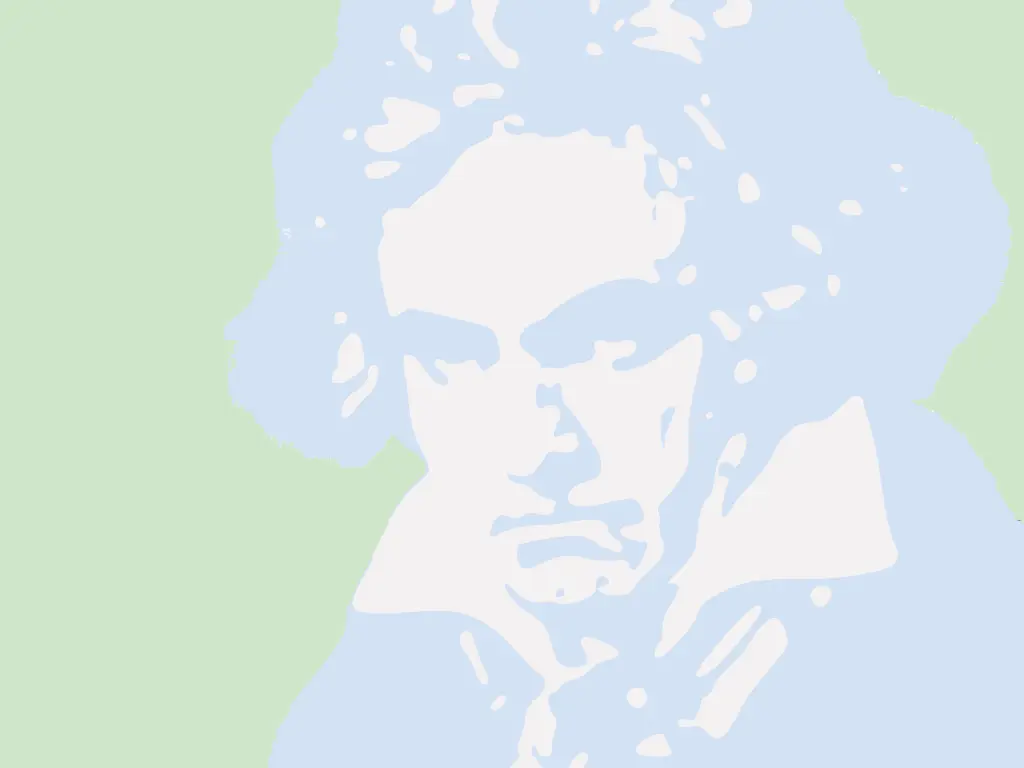The ceremony will focus on Ludwig van Beethoven’s Ninth Symphony – a work of timeless greatness and visionary power that had a lasting influence on Richard Wagner. The program is complemented by the prelude from “Die Meistersinger von Nürnberg” and the entrance of the guests from “Tannhäuser.”
“IT IS THE HUMAN GOSPEL OF THE ART OF THE FUTURE.”
Richard Wagner, “The artwork of the future”
Cast
Musical direction: Christian Thielemann
Sopran: Elza van den Heever
Alt: Christa Mayer
Tenor: Piotr Beczała
Bass: Georg Zeppenfeld
Fascination and identification – Ludwig van Beethoven’s Ninth Symphony played a more special role in Richard Wagner’s life than any other musical work. At the age of 17, he prepared a piano reduction of the symphony and was deeply impressed by a performance at the Paris Conservatoire in 1839. In 1846, he conducted the Ninth Symphony for the first time in Dresden with lasting success; he had published an introduction for the audience in advance to help them understand it better. This performance was later repeated many times a year. To celebrate the laying of the foundation stone of the Bayreuth Festspielhaus on May 22, 1872, the Ninth was performed under Wagner’s direction in the Margravial Opera House. From then on, the Ninth Symphony was performed in the Festspielhaus on various occasions: on the 50th anniversary of Richard Wagner’s death under the baton of Richard Strauss, in 1951 as a prelude to the restart of the Festival under Wilhelm Furtwängler, who conducted a further performance in 1954, in 1953 Paul Hindemith conducted it, which was intended to signal a connection to the representatives of New Music, in 1963 Karl Böhm conducted the Ninth on the 150th anniversary of Wagner’s birth and in 2001 the Ninth was performed under the baton of Paul Hindemith, which was intended to signal a connection to the representatives of New Music. In 2001, Christian Thielemann conducted the work to mark the 125th anniversary of the Festival and the 50th anniversary of the founding of the New Bayreuth.
